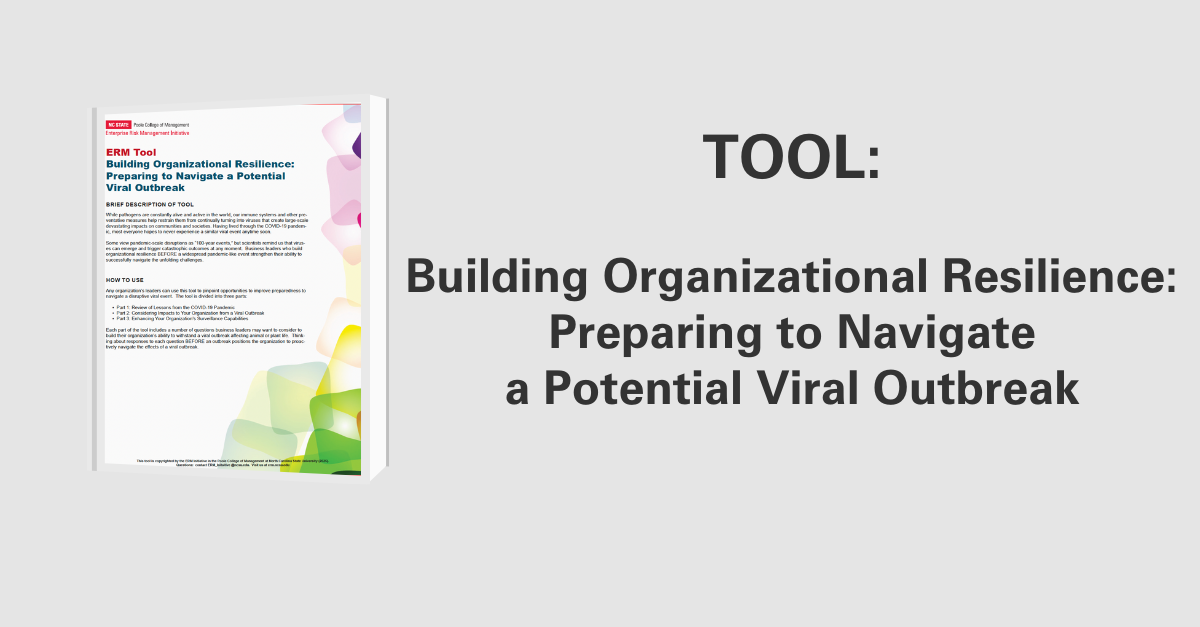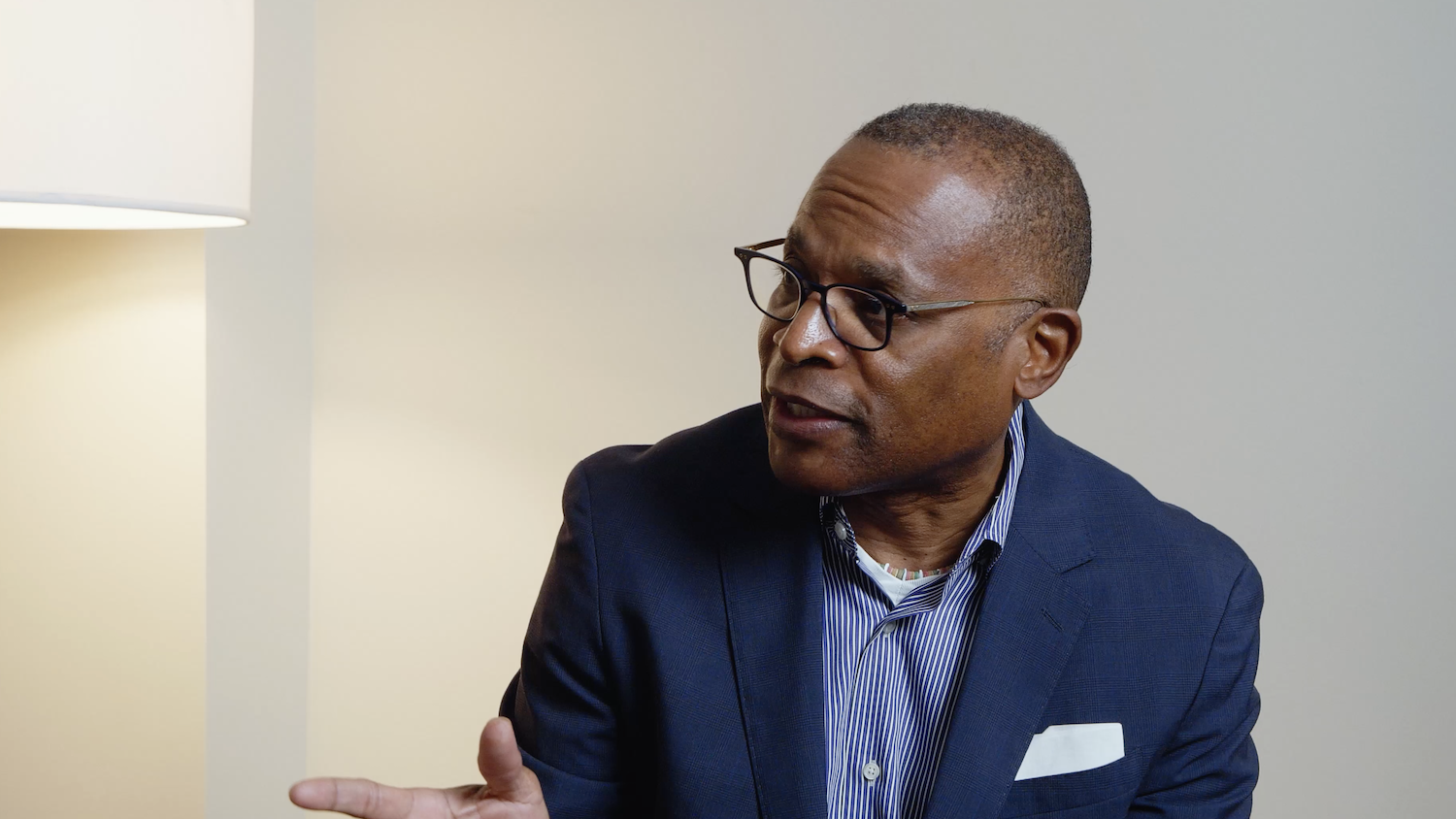COSO Fraud Study 2010
COSO sponsored this study, “Fraudulent Financial Reporting: 1998-2007, An Analysis of U.S. Public Companies”, to provide a comprehensive analysis of fraudulent financial reporting occurrences investigated by the U.S. Securities and Exchange Commission (SEC) between January 1998 and December 2007. This study, authored by Mark S. Beasley, Joseph V. Carcello, Dana R. Hermanson, and Terry L. Neal, updates our understanding of fraud since COSO’s 1999 issuance of Fraudulent Financial Reporting: 1987-1997. Some of the more critical findings of the present study are:
- There were 347 alleged cases of public company fraudulent financial reporting from 1998 to 2007, versus 294 cases from 1987 to 1997. Consistent with the high-profile frauds at Enron, WorldCom, etc., the dollar magnitude of fraudulent financial reporting soared in the last decade, with total cumulative misstatement or misappropriation of nearly $120 billion across 300 fraud cases with available information (mean of nearly $400 million per case). This compares to a mean of $25 million per sample fraud in COSO’s 1999 study. While the largest frauds of the early 2000s skewed the 1998-2007 total and mean cumulative misstatement or misappropriation upward, the median fraud of $12.05 million in the present study also was nearly three times larger than the median fraud of $4.1 million in the 1999 COSO study.
- The companies allegedly engaging in financial statement fraud had median assets and revenues just under $100 million. These companies were much larger than fraud companies in the 1999 COSO study, which had median assets and revenues under $16 million.
- The SEC named the CEO and/or CFO for some level of involvement in 89 percent of the fraud cases, up from 83 percent of cases in 1987-1997. Within two years of the completion of the SEC’s investigation, about 20 percent of CEOs/CFOs had been indicted and over 60 percent of those indicted were convicted.
- The most common fraud technique involved improper revenue recognition, followed by the overstatement of existing assets or capitalization of expenses. Revenue frauds accounted for over 60 percent of the cases, versus 50 percent in 1987-1997.
- Relatively few differences in board of director characteristics existed between firms engaging in fraud and similar firms not engaging in fraud. Also, in some instances, noted differences were in directions opposite of what might be expected. These results suggest the importance of research on governance processes and the interaction of various governance mechanisms.
- Twenty-six percent of the fraud firms changed auditors between the last clean financial statements and the last fraudulent financial statements, whereas only 12 percent of no-fraud firms switched auditors during that same time. Sixty percent of the fraud firms that changed auditors did so during the fraud period, while the remaining 40 percent changed in the fiscal period just before the fraud began.
- Initial news in the press of an alleged fraud resulted in an average 16.7 percent abnormal stock price decline in the two days surrounding the news announcement. In addition, news of an SEC or Department of Justice investigation resulted in an average 7.3 percent abnormal stock price decline.
- Long-term negative consequences of fraud were apparent. Companies engaged in fraud often experienced bankruptcy, delisting from a stock exchange, or material asset sales following discovery of fraud – at rates much higher than those experienced by no-fraud firms.
Given the small number of frauds examined in this study that involve time periods subsequent to the issuance of the Sarbanes-Oxley Act of 2002, further research will be needed once sufficient time has passed to allow for more observations of SEC fraud investigations involving post-SOX time periods before any conclusions can be reached about the effectiveness of that legislation in reducing instances of fraudulent financial reporting.
Insights contained herein will hopefully encourage additional research to better understand organizational behaviors, leadership dynamics, and other important aspects of the financial reporting process that may have an impact on fraud prevention, deterrence, and detection. Additionally, results in this study should be useful to investors, regulators, stock exchanges, boards of directors, external auditors, and other key stakeholders as they seek to prevent, deter, and detect fraudulent financial reporting.
Original Article Source: “Fraudulent Financial Reporting: 1998-2007, An Analysis of U.S. Public Companies”, COSO, May 3, 2010
- Categories:
- Types:


